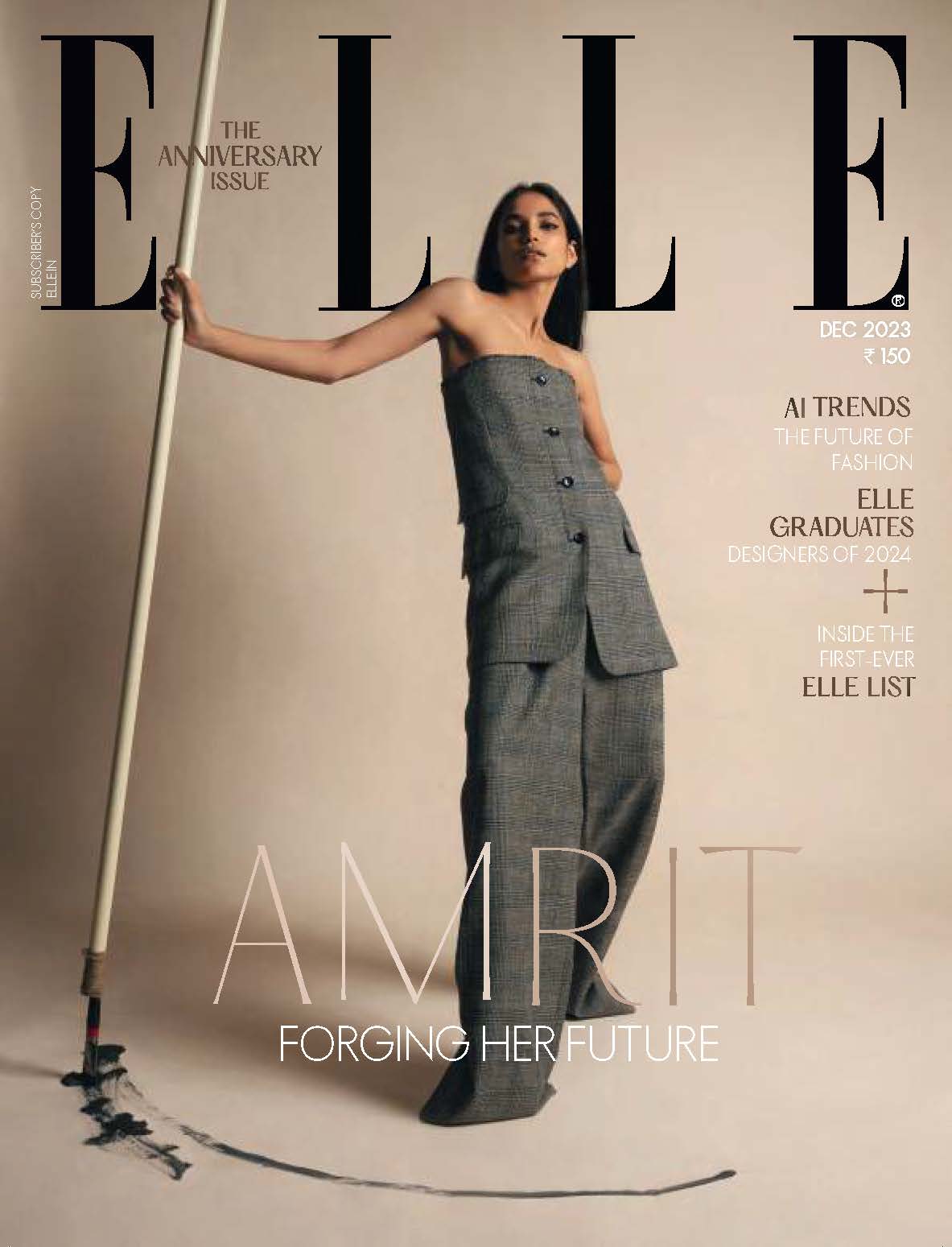The deep lines on Langpoklakpam Subadani Devi’s face deepen when she smiles, suffusing her drawing room in Imphal, Manipur, with a warmth that the meiphu (coal burners) at our feet only complement. Subadani, a weaver, entrepreneur and former primary school teacher, is the recipient of the Padma Shri award (2018), the Sant Kabir Award (2011) and the National Award (1993) for her contribution to the field of art, weaving and handlooms.
Clad in a phanek (the traditional wrap skirt) with a shawl that is gracefully pinned with her latest award, Subadani looks on as her husband, Langpoklakpam Ibopishak Singh, enthusiastically brings out a thick dossier of her achievements. Subadani, he says proudly, has skillfully created modern versions of ancient designs. Her creativity is evident in those like the embroidered India map pattern or the Sha-Nga (half animal, half fish) motif woven onto cloth. Some of these textiles are now on display at the Weavers’ Service Centre in Bharat Nagar, New Delhi.
Weaving, which she learnt from her mother and aunt, started out as a hobby for Subadani, at age 10. She left her job as a teacher when she got married, and a few years later in 1983, she roped in other young women to form the Nongdol Lairembi Weavers’ Co-operative Society in Imphal. It requires registering over 100 people to form such a cooperative—a feat that Subadani managed to pull off at the time. The society began with 15 looms, and today, three decades later, that number has grown five-fold.
The women in the cooperative, after completing their daily chores, weave to provide additional income for their households. Subadani provides the raw materials and designs, and buys the finished products from them. A cupboard in her extended drawing room serves as a makeshift storefront for the textiles. Bright colours, muga (silks) and heavily starched cottons and blends, make for beautiful traditional stoles, dupattas, half-saris (which the locals team with a phanek) and saris. Each piece can take weeks to craft, and on average, only two pieces are made in a month, with saris taking even longer.
She has, with her entrepreneurial instinct, organically increased the reach of the local weaver. Besides the garments sold in her home, they also reach local and state-level markets, like the annual Manipur Sangai Festival (a large-scale showcase of local culture, tradition and handicrafts). Over time, she has also developed inroads into national exhibitions and export fairs around the country.
Besides a hands-on approach to keeping Manipuri designs and textiles alive, Subadani also campaigns for systemic support for them. In 2008, she served as an evaluator at the Textile Meeting in Imphal, where she petitioned for the inclusion of the centuries-old Wangkhei phee (a sheet design of white cotton, originally made in muslin), Shaphee Lanphee (a traditional black and red textile embroidered with religious motifs) and Moirang phee (a woven border design originating in Moirang) in the Geographical Indications of Goods (Registration and Protection) Act.
While there is a strong will to create a success story for Manipuri weaving, Subadani and her cooperative say they are struggling to find a way. A lack of funding is the crux of their problems; working with a limited budget, and not seeing the reach of government schemes makes it difficult to expand. And even though, as Gautam Vazirani, strategist and curator, sustainable fashion at IMG Reliance’s Lakmé Fashion Week points out, the textile industry in the north-east has the highest concentration of handlooms in the country—over 53 per cent, with more than 50 per cent of India’s weavers living here—it is fraught with challenges, including poor supply chain management, due in part to the difficult local terrain and remoteness of weaving communities.
And yet, Subadani, who now walks with a limp because of years spent at the loom, is hopeful. “I want to do more for the local weavers, establish more centres and teach them what I know, so that I may help them achieve all that I have achieved.” The loom, deeply symbolic of how far she has come and what she is still trying to achieve, holds pride of place in her home. Perhaps her vision for the future, despite its challenges, is not lofty considering her single-minded focus.
Photograph: Ashish Shah


